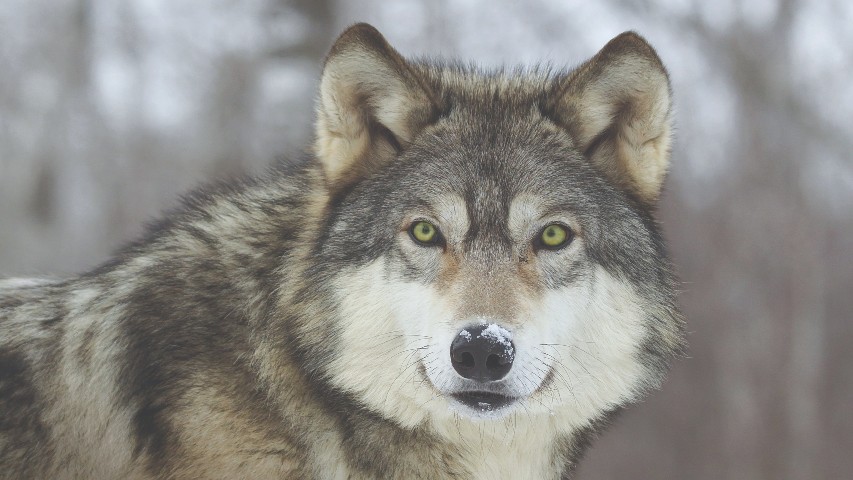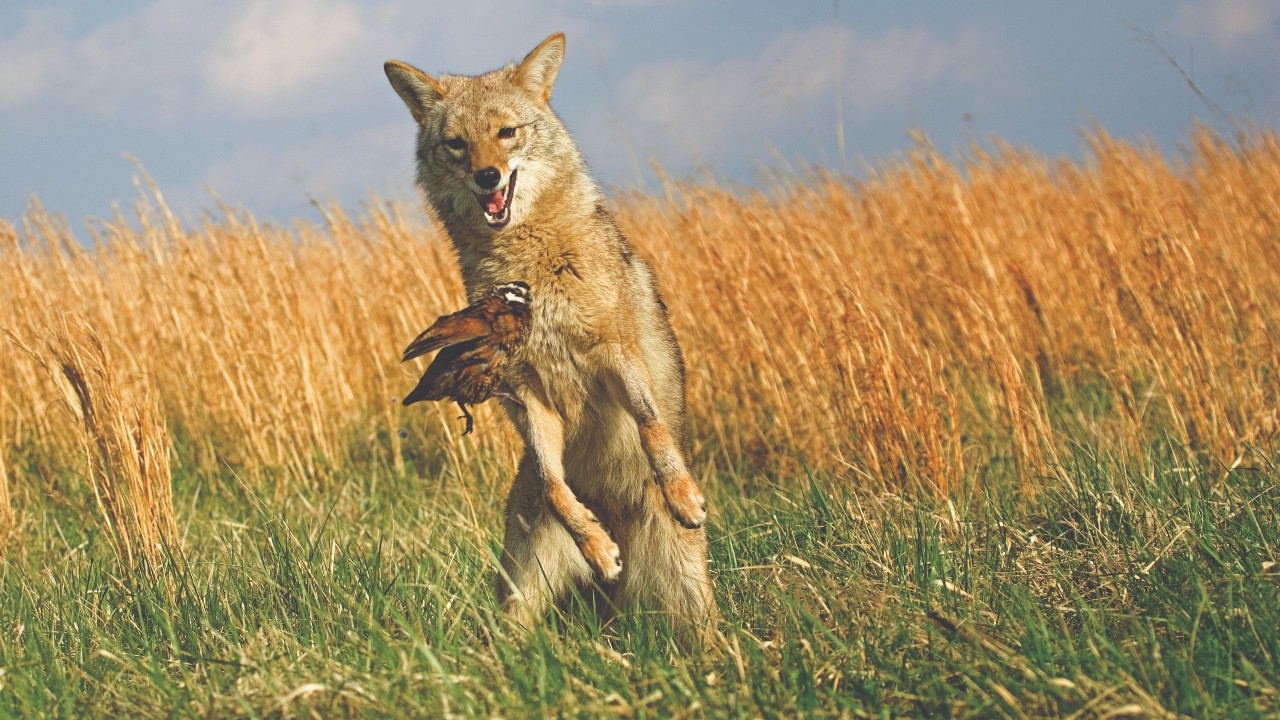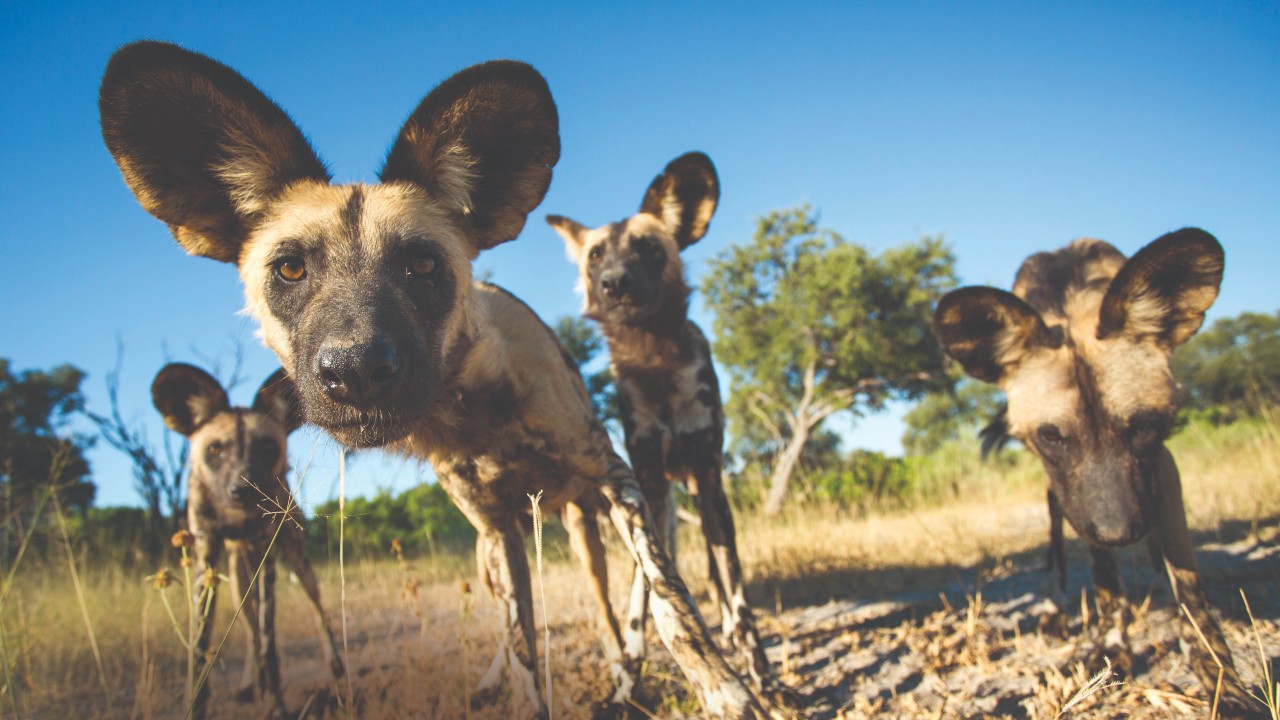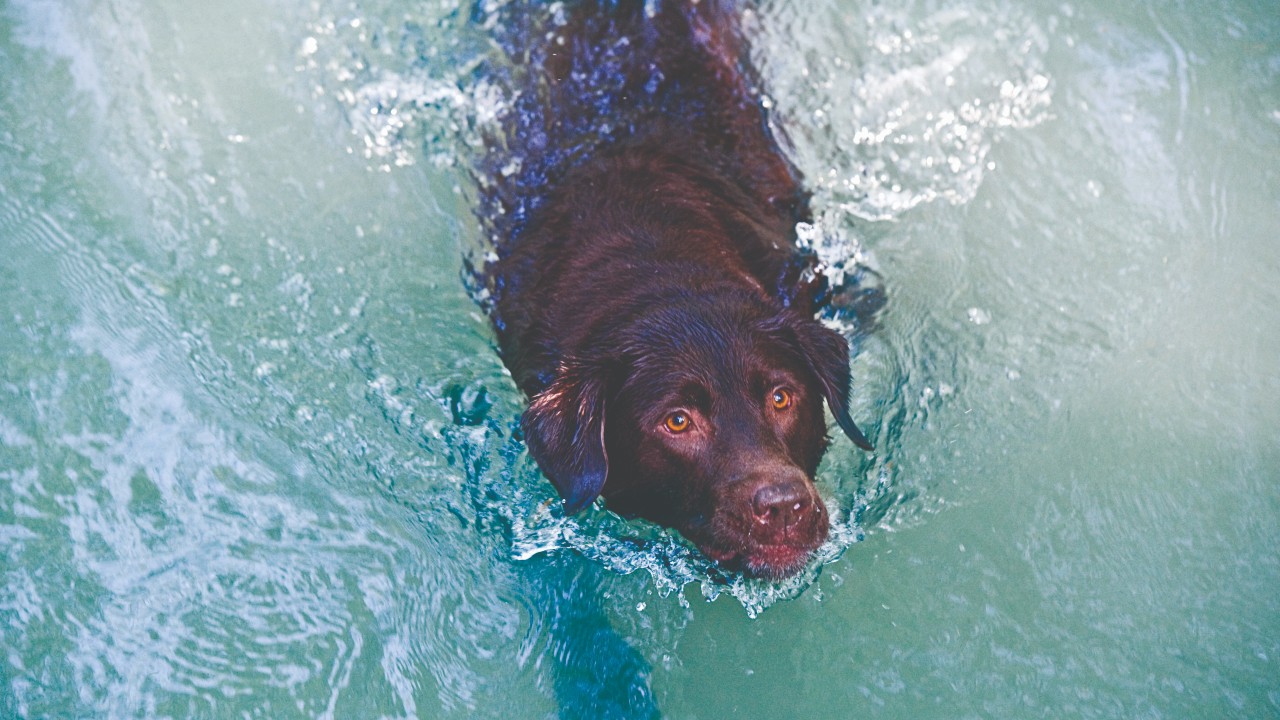Ten fantastic facts about dogs
These amazing facts about dogs hold more than a few surprises about one of the world’s most beloved human companions

They’ve always been man’s best friend but there are a ton of other lesser-known facts about dogs that are bound to make you fall even more in love with one of the world’s most loyal animals.
From just how powerful their sense of smell really is to whether or not they enjoy those pet parent and furkid hugs as much as we do, we break down 10 amazing facts about dogs that will help you get to know your canine companion even better.
1. Dogs are some of the most diverse mammals on the planet

From the Bassett hound to the golden jackal, dogs show off an incredible diversity in body shape and size. A study showed that the difference between some breeds’ skulls is as profound as the difference between some mammal species. It showed that a collie skull is as different from a Pekingese as a cat skull is from a walrus, for instance.
2. Dogs have a weasel heritage
The evolution of modern-day dogs can be traced back around 40 million years to the weasel-like Miacis, an animal genus that lived in trees and dens. The miacis later evolved into the Tomarctus, believed to be a direct relation of the genus Canis, that includes wolves and dogs.
3. There’s a Beatles track just for dogs
The Beatles song A Day in the Life contains an extra high pitched whistle on the track that’s only audible to dogs. The whistle was recorded onto the track by Sir Paul McCartney as a tribute to, and for the enjoyment of, his pet Shetland sheepdog.
- Best dog bed: Give your pooch the perfect night’s sleep
- Best dog toys: Six options to keep your pet pooch amused
- German Shepherd: Breed profile
4. Dogs have powerful noses

The canine sense of smell is incredibly powerful compared to humans, though does vary among breeds. While humans have around five million smelling cells, alsatians are believed to have around 220 million. Sniffing out almost anything is never much of a problem.
5. Dogs are as smart as toddlers
Studies have indicated that dogs are intelligent enough to understand up to 250 words and gestures, as well as numbers up to five and simple mathematical calculations. The average dog is as intelligent as a two year-old child.
Get the best advice, tips and top tech for your beloved Pets
6. Dogs have a weaker sense of taste
Dogs depend more on their strong sense of smell, rather than their sense of taste, to differentiate between types of food. In fact, humans have almost five times the amount of taste buds that dogs do, so it’s no wonder that dog food isn’t very appealing to us.
- Best dog food: Make sure your faithful friend gets the best diet possible
- Best dry dog food: Which brand of dry food is king of the kibble?
- French Bulldog: Breed profile
7. Hugs aren’t for them

While a lot of us enjoy hugging our dogs, canines don’t enjoy getting a cuddle as much as humans and other primates. Canines interpret putting a limb over another animal as a sign of dominance, something dogs won’t always accept.
8. Dogs can smell illnesses
If you have a certain strain of cancer, diabetes, or epilepsy, your dog might already know, as studies have shown that they can be trained to sniff out these illnesses. Scientists believe this could be due to dogs sniffing out abnormal proteins.
9. Dogs have three eyelids
The eye of a dog consists of three lids: an upper, lower and a third lid, called a nictitating membrane or haw. This third lid is designed to keep the eye both moist and protected from foreign bodies.
10. A wet nose helps their sense of smell

The wetness of a dog’s nose is essential for determining from which direction a particular smell is coming from.
- Best dog shampoo: Keep your best friend clean, healthy and smelling great
- Best rope dog toys: Great for fetching, chewing and tug of war
Dave has over 20 years experience in publishing during which he launched many successful magazine titles including How It Works, All About Space and All About History. He’s also pet parent to a retired police dog called Rebel, who can’t work anymore due to a health condition. When’s not busy trying to amuse a boisterous, three-year-old German Shepherd, Dave's the Editor on PetsRadar.

